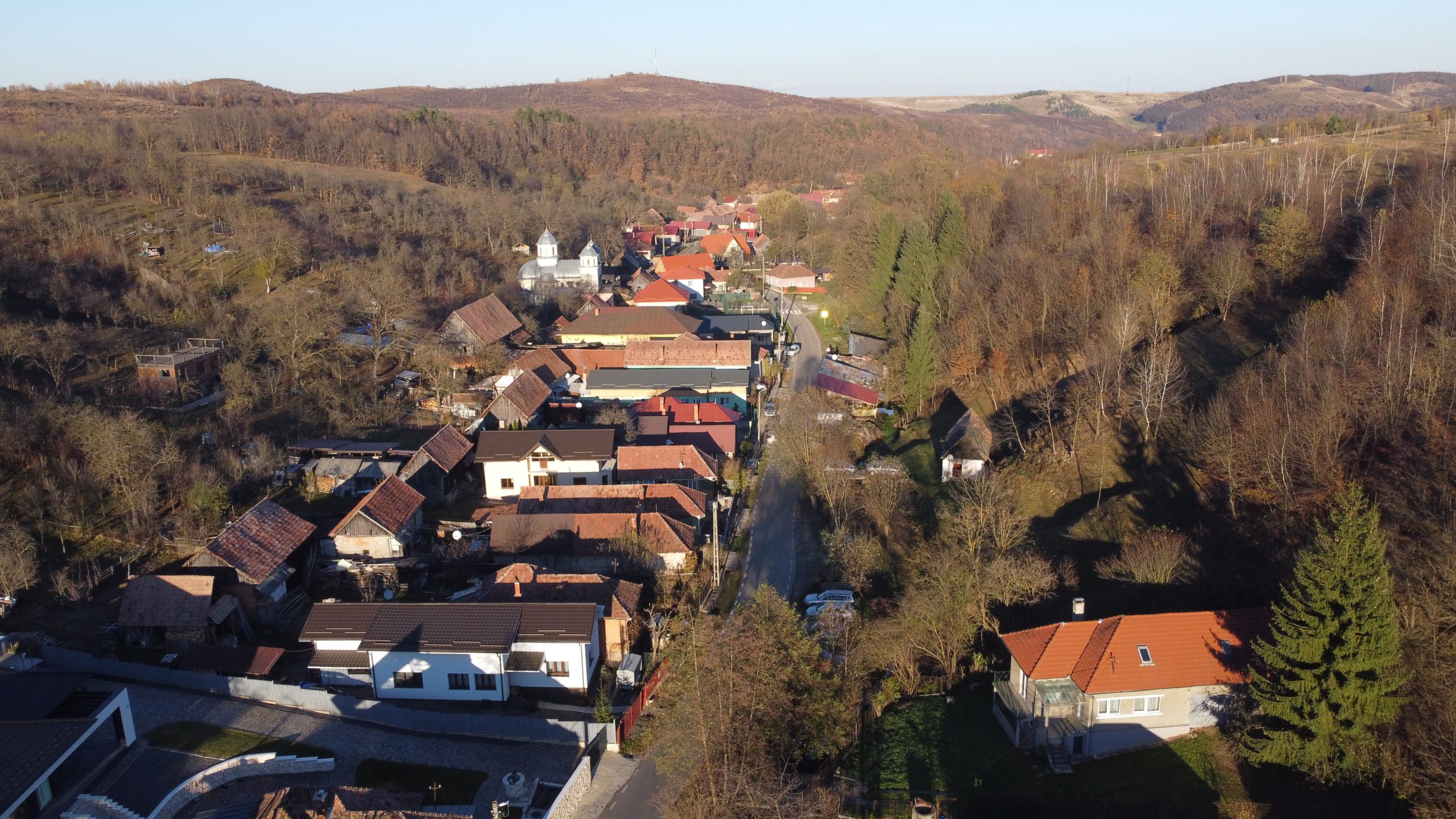- Comuna Săvădisla
- Primăria
- Consiliul Local
- Informații de Interes Public
- Noutăți
- Taxe și Impozite
- Stare Civilă
- Asistență Socială
- Registrul Agricol
- Urbanism
- Fond funciar
- Achiziții Publice
- Buget
- Bilanțuri Contabile
- Solicitare Informații – Legea 544/2001
- Declarații de Avere si Interese
- Transparență Decizională
- Integritatea Instituțională
- Registrul de Evidență a Sistemelor Individuale Adecvate pentru Colectarea și Epurarea Apelor Uzate
- P.N.R.R.
- Contact
- Monitorul Oficial Local
Stolna
- Comuna Săvădisla
- Primăria
- Consiliul Local
- Informații de Interes Public
- Noutăți
- Taxe și Impozite
- Stare Civilă
- Asistență Socială
- Registrul Agricol
- Urbanism
- Fond funciar
- Achiziții Publice
- Buget
- Bilanțuri Contabile
- Solicitare Informații – Legea 544/2001
- Declarații de Avere si Interese
- Transparență Decizională
- Integritatea Instituțională
- Registrul de Evidență a Sistemelor Individuale Adecvate pentru Colectarea și Epurarea Apelor Uzate
- P.N.R.R.
- Contact
- Monitorul Oficial Local
Prima atestare scrisă a așezării datează din 1448, când a fost menționată ca Sztholna. În secolele următoare, apare în documente și sub numele de Sztolna, Stolna, Stoje. În anul 1913, a primit în limba maghiară numele Isztolna. Așezarea a fost fondată probabil de o familie de români care a fugit de pe domeniul unui moșier maghiar din Vlaha. În anul 1733, când episcopul Ioan Inocenție Micu Klein a vizitat satul, în localitate trăiau 12 familii de religie greco-catolică și de naționalitate română, în total 60 de persoane. La mijlocul secolului al XVIII-lea, însă, sătenii s-au convertit la religia ortodoxă.
Numele așezării este de origine slavă, însemnând o intrare orizontală sau ușor înclinată într-o mină. Cu toate acestea, nu există nicio dovadă că pe teritoriul așezării ar fi existat cândva o mină.
Vechea biserică monument a satului a fost construită în anul 1730. Biserica, construită din bârne de stejar pe o fundație de piatră, măsoară 4 x 18 metri. Locașul de cult era inițial acoperit cu șindrilă, după renovare însă acoperișul a fost schimbat cu tablă. Comunitatea ortodoxă din Stolna a construit o nouă biserică, care a fost sfințită în februarie 2017.
Până în anul 1940, Stolna a format comună cu Luna de Sus și Vlaha, cu reședința de comună la Luna de Sus, dar Al doilea tratat de la Viena a trasat granița de stat între Luna de Sus și Vlaha, pe pârâul Stolna, între Transilvania de Nord și Transilvania de Sud, între Ungaria și România. Stolna a rămas în Transilvania de Sud și astfel a fost anexată comunei Săvădisla. Drumul care traversează satul a avut o importanță militară strategică în timpul celui de-Al Doilea Război Mondial. În anul 2021, Consiliul Județean Cluj a asfaltat drumul montan care duce de la Stolna la Someșu Rece, care a devenit un traseu preferat al bicicliștilor din județul Cluj.
În anul 1977, Stolna avea 349 de locuitori români, în 1992 avea 255 (245 români, 10 romi), în 2002 avea 221 (217 români, 4 romi), în 2011 avea 250 (240 români, 4 maghiari), în 2021 avea 303 (282 români, 16 maghiari). În anul 2021, 257 dintre locuitori s-au declarat ortodocși, 15 baptiști, 15 reformați și 3 Martori ai lui Iehova.
Satul este conectat la rețeaua națională de gaze naturale, are rețea de apă potabilă și canalizare în proporție de 90 %, iar drumurile sunt asfaltate în proporție de 90 %.
- UAT Săvădisla
- 2.675
- Str. Principală, Nr. 35, Comuna Săvădisla, 407505, Județul Cluj
- +40 264 374 275
- +40 264 374 275
- primsav@yahoo.com



